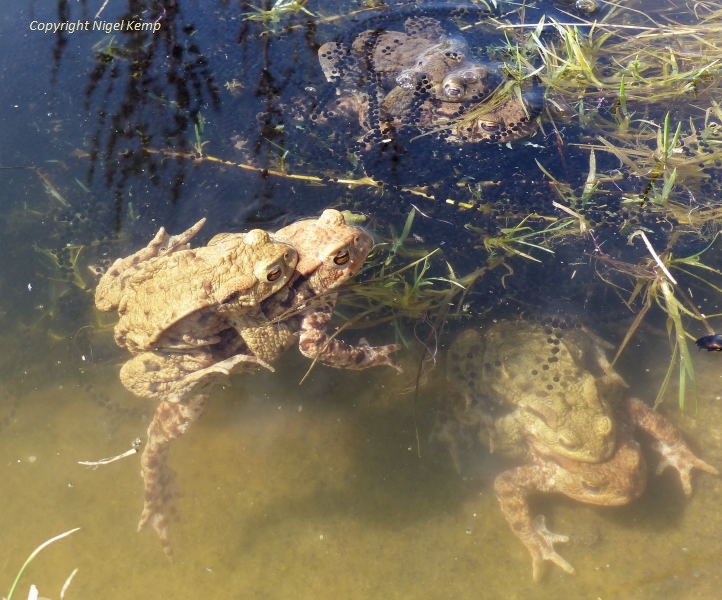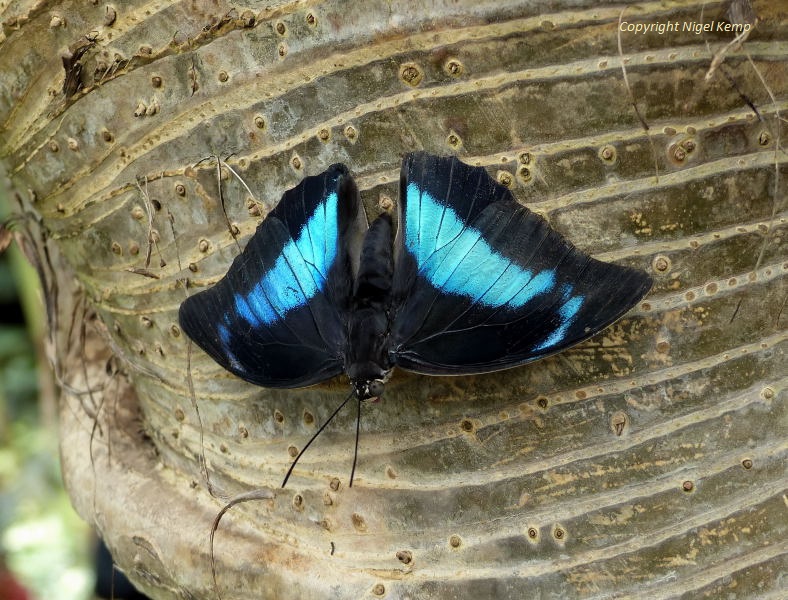Although our hibernating butterfly species have been active for a few weeks, I never feel that Spring has properly started until our true spring species start to emerge from their chrysalids. On Monday (27th March) I saw my first two Small Whites (Pieris rapae) of the year on Pevensey Levels and later the same day, two Holly Blues (Celastrina argiolus) flew through my back garden. On Thursday (30th March), with the temperature reaching 20 degrees, I encountered my first Orange-tip (Anthocharis cardamines) of the year, flying along a woodland edge and six more Small Whites during the day. On Friday (31st March) I saw my second Orange-tip.
Orange-tip (Anthocharis cardamines) (male)
Peacocks (Inachis io)
(I think both are males, that landed together after a mid-air chase)
Common Wasp (Vespula vulgaris)
(A queen basking in the early morning sunshine together with a species of Pirate Spider)
I missed the birth of these twin lambs by minutes.
With temperatures of 20 degrees yesterday, many moths would also have been emerging. I decided to run the mercury vapour light trap last night and here is the pick of this morning's catch.
Brindled Beauty (Lycia hirtaria) (male)
Great Prominent (Peridea anceps)
Nut-tree Tussock (Colocasia coryli) (male, form medionigra)
Pine Beauty (Panolis flammea)














































